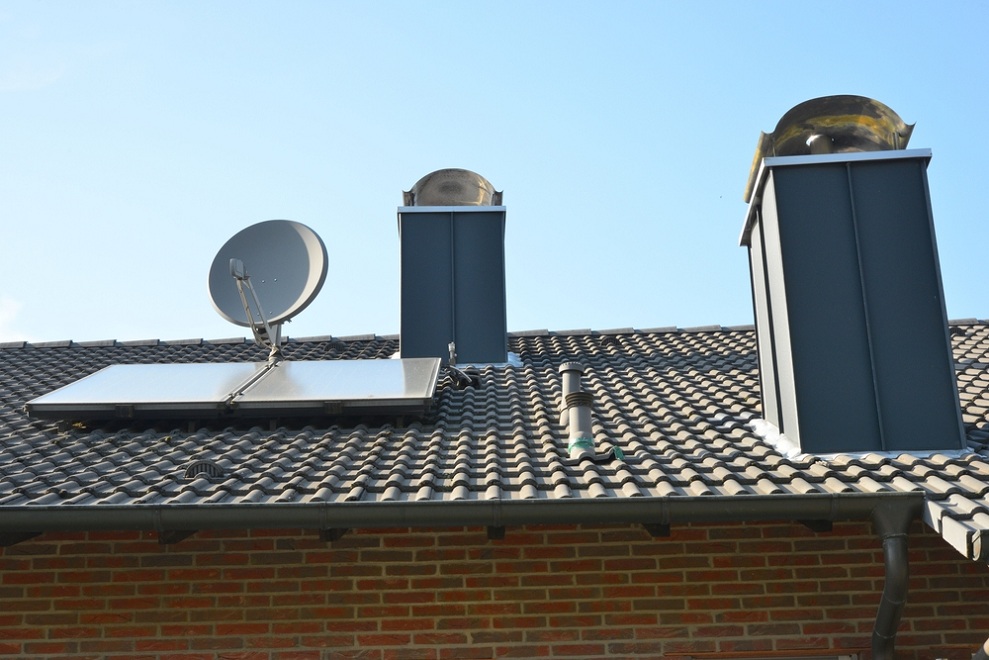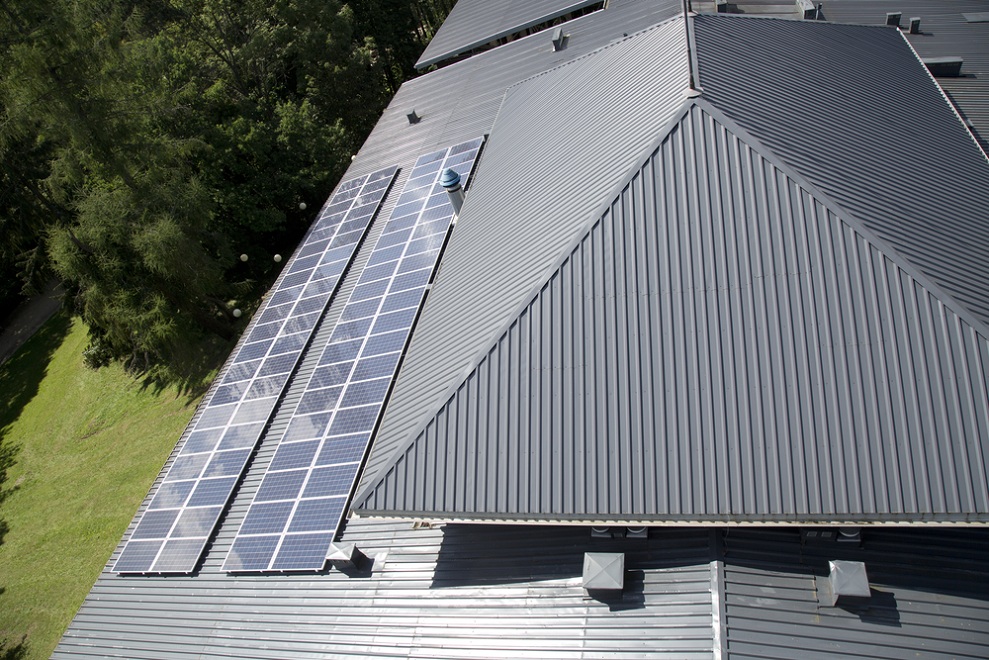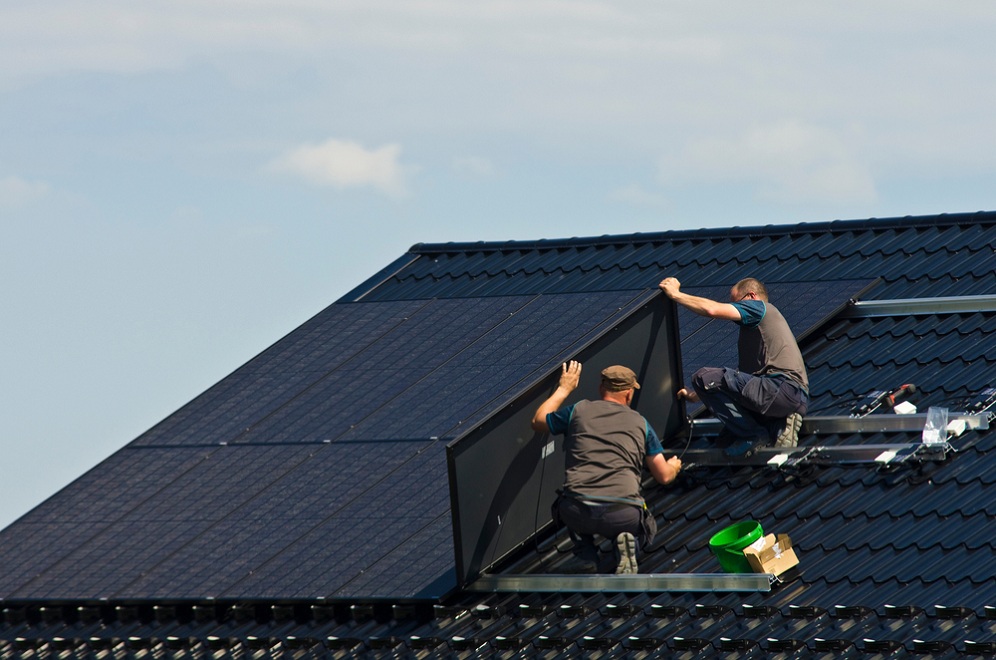Different types of roofs have different requirements for installing solar panels. There are several factors to consider when installing solar panels, including the type of metal used for the roof, the gauge of the material, and the type of metal used.
Choosing an experienced solar company when installing a metal roof system is important because they know which mount works best with your particular metal solar panel.
This article covers how the base mounting brackets are attached to different metal roofs.
Metal Roofing and Solar Panels Go Hand in Hand
Metal roofs are good for solar panels because they're durable. If it's time to upgrade your roof, you might consider installing a metal roof simultaneously.
Metal roofing systems can last decades, whereas asphalt composite shingle roofing systems are expected to last just 12-15 years. Solar panels usually have a lifetime of 25 years, but they can produce electricity even after that time has passed.
If you're planning to replace your current panels at some point in the future, you don't need to worry about mounting them. You can just remove them and put in new ones. If you plan on living in your home for a long time, this could help you save time and money later.
Solar Installation on Metal Standing Seam Roofs

With metal standing seam roofs, you may be able to mount solar panels on your roof using a system that clamps onto the roofing material.
This method does not require any holes to be bored through your roof. You'll save time by installing your solar panels yourself, and you won't have to worry about your roof getting damaged by rain or snow because your solar panels will protect your roof from these things.
Clamps are usually constructed from strong materials such as steel or aluminum and use one screw to hold them together. They usually come with a 10-year warranty, which means they're supposed to last for at least ten years, but they might even be able to last longer.
Solar Installation on Trapezoidal Roofing
Trapezoidal roofs tend to have more leveled areas between peaks, and the heights of each ridge may be different. Because of that, brackets for trapezoidal roofing come in different shapes.
They are installed using a similar method to the corrugated metal braces. The basic concept is to have each set of brackets tightly fitted over each trapezoidal roof ridge so they're positioned at the correct height for drilling holes into the roof.
Nevertheless, the standard procedure for this roof type is always to use sealant to prevent any water from leaking.
For only one trapezoidal roof, one leading manufacturer offers over 15 different brackets for mounting.
Avoid installers who use only two kinds of fasteners because they think they're versatile. You surely don't want something to compromise the integrity of your roof.
Solar Mounting for Metallic Corrugated Roofs

A metal corrugated roof requires you to buy a different mounting bracket. Brackets are attached to the corrugated roofing material's top crests, allowing the bottom portions of the corrugated roofs to remain without any drainage issues.
With top-quality brackets, you don't need any kind of sealant because they already include gaskets for sealing the bracket onto the roof.
Fall Protection Anchoring to Avoid Leakage
Corrugated or trapezoid roofs require extra care to prevent any kind of leakage. Safety equipment needs to be directly connected to your roof because there aren't any standing seam clamps to hold them down.
Often, this means drilling a small hole through your roofing material and attaching an anchoring system to it. You need to be sure that your installer uses a fall protection anchoring system so that it won't cause leaks once anchors have been removed.


